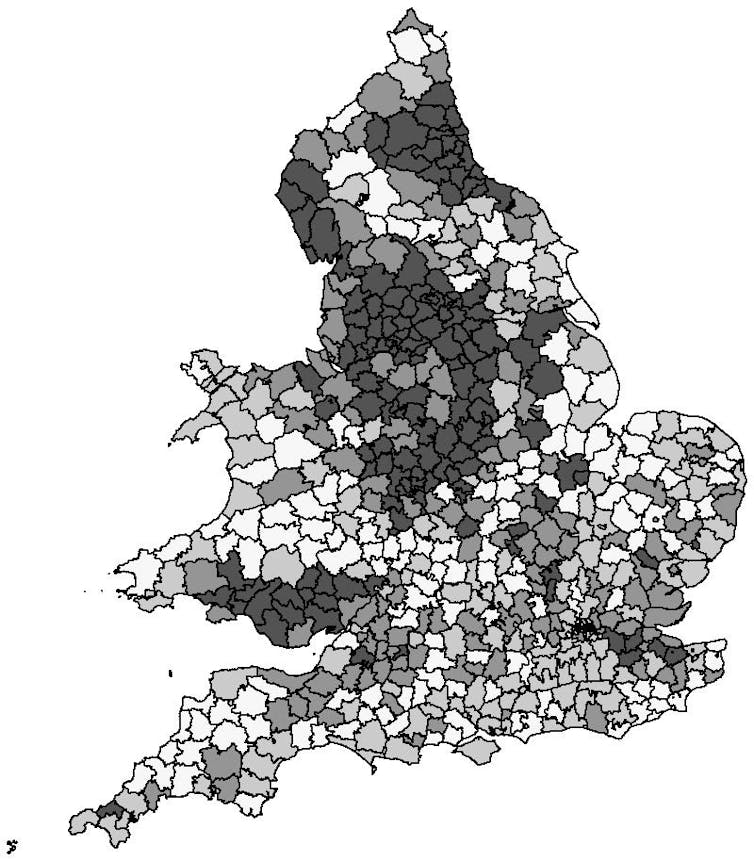In Canada miners died in tragic numbers. Do you remember the 1992 Westray disaster? In the UK 160,000 people were killed or injured in mines and quarries between 1700 and 2000, mostly in the 20th century.
Even more people died, or had their lives cut short, living and breathing in an area where a lot of coal was burned for industry or for domestic heating.
According to the article Air pollution in Victorian-era Britain – its effects on health now revealed, coal combustion led to repeated respiratory illness, slower growth during childhood and shorter adult stature. Men born in the 1890s, whose birthplace and heights were recorded when they enlisted in the British army during World War I, who grew up in the most polluted districts were almost an inch shorter than those who experienced the cleanest air.
I wondered if that was true for the British-born men in the CEF. Men born in Wolverhampton and Birmingham had an average height of 5ft 6in compared to 5ft 7in for the CEF as a whole.
I wondered if that was true for the British-born men in the CEF. Men born in Wolverhampton and Birmingham had an average height of 5ft 6in compared to 5ft 7in for the CEF as a whole.
A higher death rate in urban areas, especially for young children, was about one-third attributable to industrial coal use.
Will your future family history be changed as coal, the most carbon intensive fuel, is phased out to limit climate change?
Writing this reminded me of my childhood experiences with coal growing up in England.
Our house was heated by coal. Every few weeks coal would be delivered by the hundredweight in sacks to a wooden bin in the back yard. A chore each day was to fill a metal coal scuttle and carry it inside. Lighting a fire, involving layers of scrunched-up newspaper, kindling wood and the coal on top, was made easier by a gas poker attached to the mains gas supply.
Smoke would periodically belch into the house until the chimney warmed and began to draw, a process aided by blocking the top part of the fireplace opening with sheets of newspaper.
Although that smoke wasn't healthy the appearance and smell helped convince you of the prospect of warmth even though you might only feel it by standing close by with your back to the fireplace, known as warming your buns.

Note the 1952 London's 4 day killer fog, mostly caused by burning coal, well, everywhere. It was recently portrayed in The Crown, the Netflix series. Cheers, BT
ReplyDeleteI remember being in London in 1961 at the age of 12 and being amazed that they had yellow fog. Little did I know that it was caused by coal burning. I just was impressed by the fact that the fog was a different colour. I was pleased to note that, as I got older, the colour of the fog changed back to "normal".
ReplyDeleteM
ReplyDeletey daughter's one-time boyfriend was the grandson of William Davis who was killed in 1925 in Cape Breton when the miners were striking. His death is commemorated annually as Davis Day. Others of his family were injured/killed in mine "accidents".
My daughter-in-law's family were miners in Nanaimo and several of her ancestors and relatives died in the 1887 explosion.
I've noticed that the younger generation are a lot taller than their parents. In my family this is certainly true. I wonder if this has any link with them not being exposed to coal fumes?
ReplyDelete